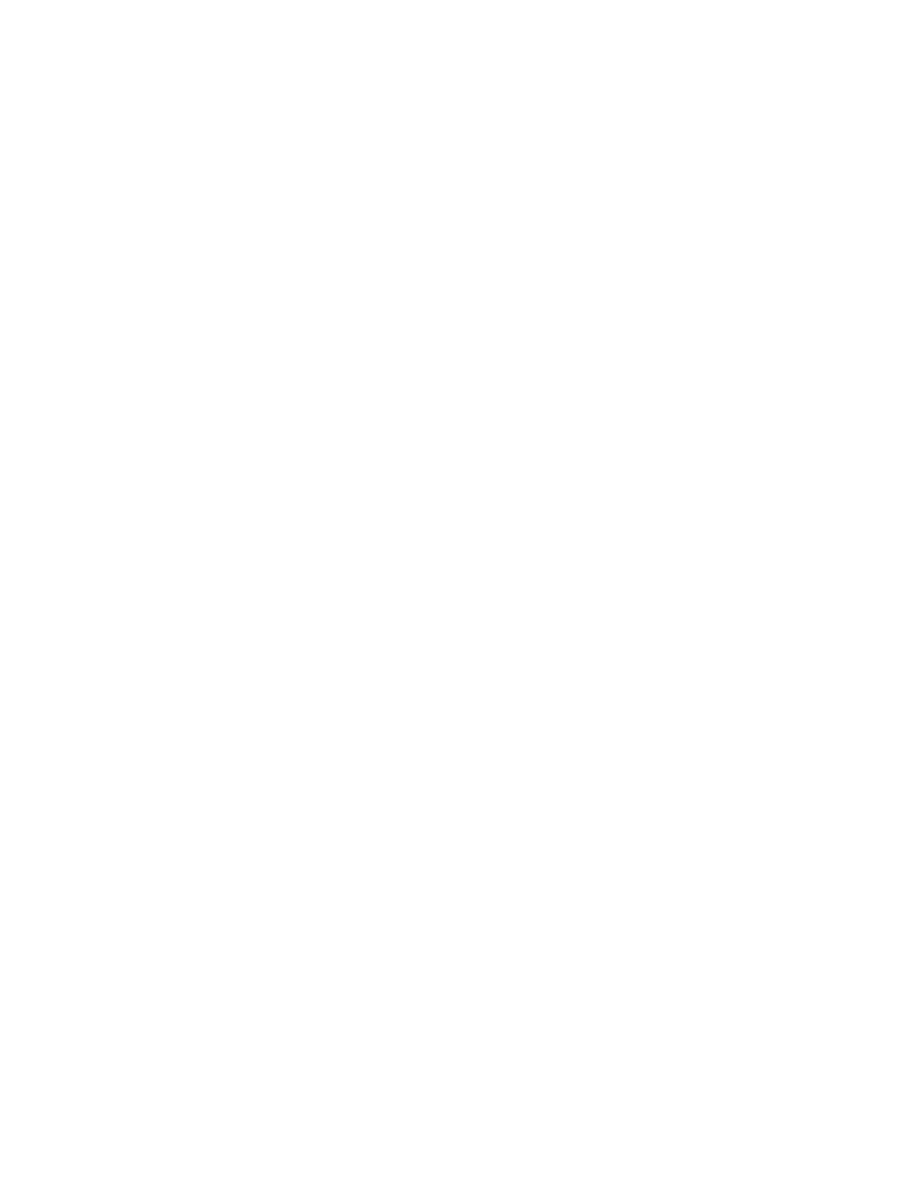
363
Federal Aviation Administration, DOT
§ 125.507
(1) For the Airbus Model A300 (ex-
cluding the –600 series), the flight cycle
implementation time is:
(i) Model B2: 36,000 flights.
(ii) Model B4–100 (including Model
B4–2C): 30,000 flights above the window
line, and 36,000 flights below the win-
dow line.
(iii) Model B4–200: 25,500 flights above
the window line, and 34,000 flights
below the window line.
(2) For all models of the British Aero-
space BAC 1–11, the flight cycle imple-
mentation time is 60,000 flights.
(3) For all models of the Boeing 707,
the flight cycle implementation time is
15,000 flights.
(4) For all models of the Boeing 720,
the flight cycle implementation time is
23,000 flights.
(5) For all models of the Boeing 727,
the flight cycle implementation time is
45,000 flights.
(6) For all models of the Boeing 737,
the flight cycle implementation time is
60,000 flights.
(7) For all models of the Boeing 747,
the flight cycle implementation time is
15,000 flights.
(8) For all models of the McDonnell
Douglas DC–8, the flight cycle imple-
mentation time is 30,000 flights.
(9) For all models of the McDonnell
Douglas DC–9/MD–80, the flight cycle
implementation time is 60,000 flights.
(10) For all models of the McDonnell
Douglas DC–10, the flight cycle imple-
mentation time is 30,000 flights.
(11) For all models of the Lockheed
L–1011, the flight cycle implementation
time is 27,000 flights.
(12) For the Fokker F–28 Mark, 1000,
2000, 3000, and 4000, the flight cycle im-
plementation time is 60,000 flights.
(b) [Reserved]
[Doc. No. 29104, 65 FR 24126, Apr. 25, 2000; 65
FR 50744, Aug. 21, 2000, as amended by Amdt.
125–36, 66 FR 23131, May 7, 2001; Amdt. 125–40,
67 FR 72834, Dec. 9, 2002; Amdt. 125–46, 69 FR
45942, July 30, 2004. Redesignated by Amdt.
125–53, 72 FR 63412, Nov. 8, 2007; Docket FAA–
2018–0119, Amdt. 125–68, 83 FR 9174, Mar. 5,
2018]
§ 125.507
Fuel tank system inspection
program.
(a) Except as provided in paragraph
(g) of this section, this section applies
to transport category, turbine-powered
airplanes with a type certificate issued
after January 1, 1958, that, as a result
of original type certification or later
increase in capacity, have—
(1) A maximum type-certificated pas-
senger capacity of 30 or more, or
(2) A maximum payload capacity of
7500 pounds or more.
(b) For each airplane on which an
auxiliary fuel tank is installed under a
field approval, before June 16, 2008, the
certificate holder must submit to the
responsible Aircraft Certification Serv-
ice office proposed maintenance in-
structions for the tank that meet the
requirements of Special Federal Avia-
tion Regulation No. 88 (SFAR 88) of
this chapter.
(c) After December 16, 2008, no certifi-
cate holder may operate an airplane
identified in paragraph (a) of this sec-
tion unless the inspection program for
that airplane has been revised to in-
clude applicable inspections, proce-
dures, and limitations for fuel tank
systems.
(d) The proposed fuel tank system in-
spection program revisions must be
based on fuel tank system Instructions
for Continued Airworthiness (ICA) that
have been developed in accordance
with the applicable provisions of SFAR
88 of this chapter or § 25.1529 and part
25, Appendix H, of this chapter, in ef-
fect on June 6, 2001 (including those de-
veloped for auxiliary fuel tanks, if any,
installed under supplemental type cer-
tificates or other design approval) and
that have been approved by the respon-
sible Aircraft Certification Service of-
fice.
(e) After December 16, 2008, before re-
turning an aircraft to service after any
alteration for which fuel tank ICA are
developed under SFAR 88, or under
§ 25.1529 in effect on June 6, 2001, the
certificate holder must include in the
inspection program for the airplane in-
spections and procedures for the fuel
tank system based on those ICA.
(f) The fuel tank system inspection
program changes identified in para-
graphs (d) and (e) of this section and
any later fuel tank system revisions
must be submitted to the Principal In-
spector for review and approval.
(g) This section does not apply to the
following airplane models:
(1) Bombardier CL–44
(2) Concorde
VerDate Sep<11>2014
08:20 May 17, 2019
Jkt 247048
PO 00000
Frm 00373
Fmt 8010
Sfmt 8002
Y:\SGML\247048.XXX
247048